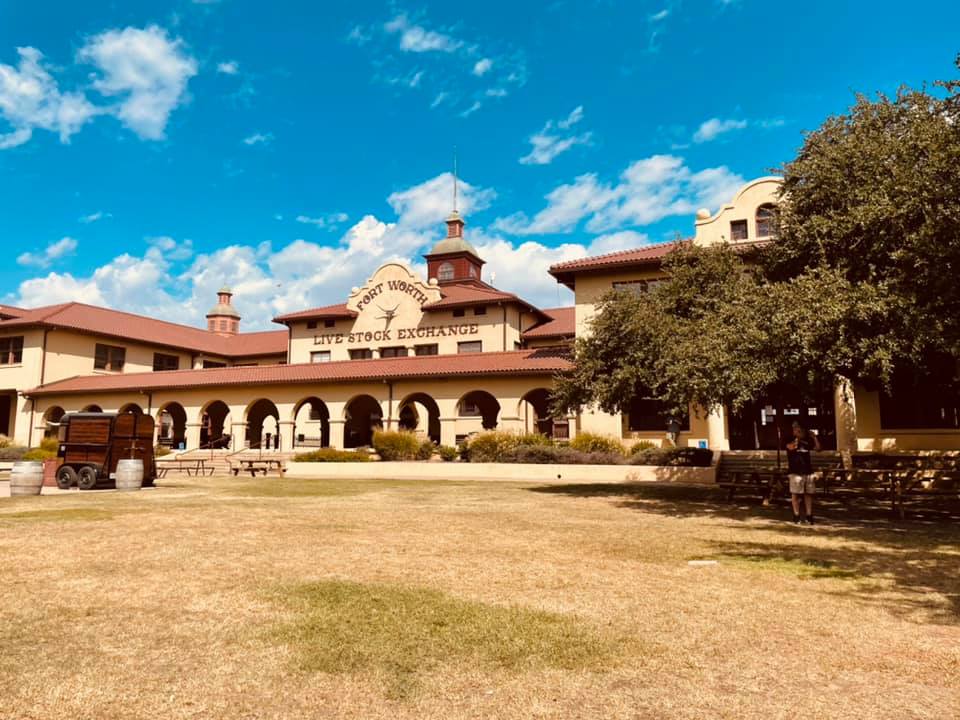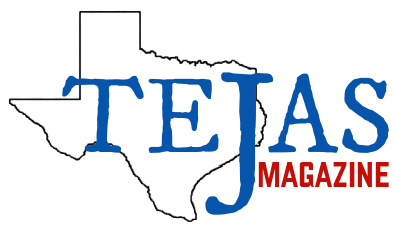
In the heart of Fort Worth, Texas, amidst the dust and bustle of the late 19th century, a visionary idea took root—one that would shape the city’s identity and cement its place as a hub of commerce and culture. This idea was the Fort Worth Livestock Exchange, a pioneering institution that transformed the city into the “Wall Street of the West” and forever changed the landscape of the American cattle industry.
A Cattle Capital Emerges
The story of the Fort Worth Livestock Exchange begins in the aftermath of the Civil War, as Texas ranchers sought new markets for their vast herds of cattle. With the completion of the Texas and Pacific Railway in 1876, Fort Worth emerged as a strategic crossroads for the burgeoning livestock trade, providing easy access to railroads connecting the state’s ranches with markets across the country.
Recognizing the city’s potential as a center for cattle commerce, a group of forward-thinking businessmen and ranchers came together to establish the Fort Worth Union Stockyards Company in 1887. Led by the likes of Greenlief W. Simpson, Burk Burnett, and Louville Veranus Niles, this consortium set out to create a state-of-the-art livestock exchange that would revolutionize the way cattle were bought, sold, and shipped.
A Vision Takes Shape
Construction on the Fort Worth Livestock Exchange began in earnest in 1889, with the ambitious goal of creating the largest and most advanced facility of its kind in the nation. Spanning over 200 acres and featuring cutting-edge amenities such as hydraulic chutes, veterinary facilities, and holding pens capable of accommodating thousands of cattle, the exchange quickly became the crown jewel of Fort Worth’s booming livestock industry.
But perhaps the most innovative aspect of the exchange was its role as a central marketplace for buyers and sellers to conduct business. Here, ranchers from across Texas and beyond could bring their cattle to auction, while buyers representing meatpacking companies, ranchers, and investors bid on the animals that would feed a growing nation’s appetite for beef.
A Catalyst for Growth
The completion of the Fort Worth Livestock Exchange sparked a period of unprecedented growth and prosperity for the city, as thousands flocked to Fort Worth to take part in the bustling cattle trade. Hotels, restaurants, and saloons sprang up to cater to the needs of weary travelers and cattle barons alike, while railroads expanded their networks to accommodate the influx of livestock flowing through the city.
As Fort Worth’s reputation as the “Queen City of the Prairie” grew, so too did the influence of the livestock exchange, which came to be regarded as the beating heart of the city’s economy. For decades, it served as a vital lifeline for Texas ranchers, providing them with access to lucrative markets and helping to establish Fort Worth as a dominant force in the American cattle industry.
A Living Legacy
Today, the legacy of the Fort Worth Livestock Exchange lives on in the historic Stockyards National Historic District, where visitors can stroll down Exchange Avenue and immerse themselves in the rich history of Texas’ cowboy culture. While the exchange itself may no longer be in operation, its impact on Fort Worth—and indeed, the entire state of Texas—remains indelible, serving as a testament to the pioneering spirit and entrepreneurial vision of those who dared to dream big in the Wild West.
